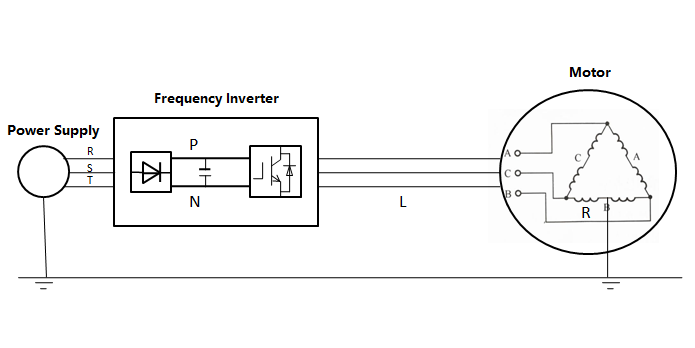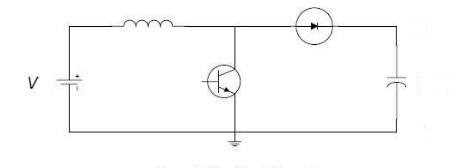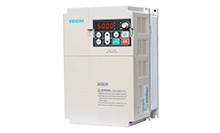- дом
- Инверторы низкого напряжения
- Solution of over-voltage fault
Fault Name:
Over-voltage fault is reported due to short circuit between the frequency inverter’s output and the ground.
Fault Symptom:
The motor doesn’t run while the frequency inverter operates and the over-voltage fault is reported.
Causes:
Check the fault record bus voltage exceeds the overvoltage point so that the software reports an over-voltage fault. The current value of the fault record does not reach the over-current point. The operating status is during acceleration or constant speed.
Solutions:
Check whether there is a short circuit to the ground at the input end of the motor.
Use a megger to test the insulation of the motor.
Disconnect the motor cable and run the inverter properly.
Remove the short circuit to the ground and run the motor.
Analysis:

Figure 1: Output short-circuit to ground
When the cable at the output side of the frequency inverter is too long or the insulation of the motor is reduced, the frequency inverter is equivalent to a large inductance at the time when the inverter is on the ground. That is, the resistance R and L of the motor phase are the equivalent resistance and inductance.
Generally, when the impedance to ground is small, the frequency inverter will generate a large current when it is running and it is easy to trigger over-current protection. When the above situation occurs, the current rises slowly and does not rush to the over-current point in a short time. In this case, it is difficult to trigger over-current protection. Due to the presence of the inductor in the loop, the inverter will output at this time and the current shorted to ground will flow through the inductor. The switching of the IGBT on and off of the upper and lower arms will cause the inductor to store and release energy, and the release process will charge the bus capacitance, increase the main circuit voltage until the inverter reports the over-voltage fault. Therefore, the phenomenon seen on the spot is that the inverter output or the motor short-circuit to the ground has reported an over-voltage fault.

Figure 2: Equivalent circuit of single-phase bridge to ground short circuit
Fault extension: When the wave-by-wave current limit function is turned on, the inverter output is also prone to over-voltage fault when it is shorted to ground. This is because the current is suppressed after the wave-by-wave current limit is turned on, and over-current or wave-by-wave current limit timeout faults cannot be reported for a short time. In this case, the main circuit shorted to ground can be understood as a boost circuit as in the above principle. This will cause the bus voltage to rise and report an over-voltage fault.
Zhao Tian
2017/8/11
 Global - English
Global - English Spanish - Español
Spanish - Español French - Français
French - Français Russian - Pусский язык
Russian - Pусский язык Chinese - 中文
Chinese - 中文 Korean - 한국어
Korean - 한국어 Vietnamese - Tiếng Việt
Vietnamese - Tiếng Việt









 Оставить сообщение
Оставить сообщение